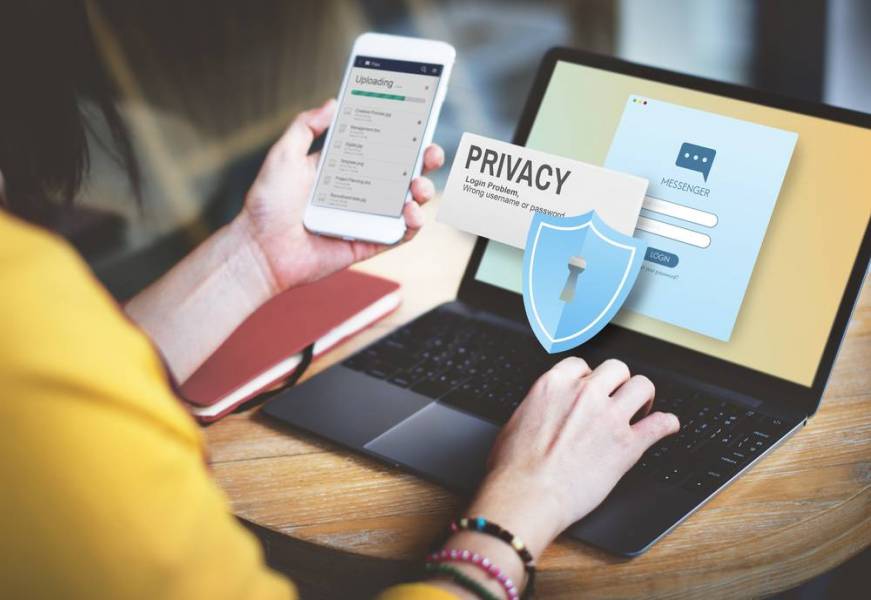
You love the convenience of shopping and banking online, you have bought and sold stock from your smartphone and you enjoy visiting social media sites on a regular basis.
At the same time, you have to confess that each time you submit an order on a shopping website or check out your friends’ pictures of their dogs on Facebook, you hope that your personal data does not end up being stolen. You have read your share of stories about security breaches, and you realize that each online transaction or experience carries an inherent share of risk.
While it is good to be aware of the dangers of being online, identity theft is not inevitable. By keeping the following tips in mind, you can help to secure your personal information online and, in the process, avoid cyber attacks.
Use Two-Factor Authentication Whenever Possible
When you log into your bank’s website with your username and password, that’s one layer of security, but with two-factor authentication, you’ll need an additional “key” to unlock access to the site. As First Bank Mortgage Loans notes, this can be a fingerprint, a code that the bank will text you or a security token. Fortunately, this process is quicker and easier than you might think, and taking 30 more seconds to access your bank account is much better than spending weeks, if not months, working with the bank if someone accesses your debit card and goes on a spending spree.
Never Enable the “Save Password” Feature
Sure, it can seem like a minor pain to have to remember and type in your password Every. Single. Time. you want to place an order on Amazon or Target, but according to PCMag, the “save password” feature will import your password from your browser’s storage. If your computer can do that, malicious software is also capable of doing the same thing. Or, if you are notorious for forgetting your smartphone, consider this: the person who finds it can open up your banking app and quickly gain access to your money.
Have Different E-Mail Addresses for Your Various Accounts
Rather than using one e-mail for everything you do online, consider getting different e-mail addresses for your various accounts. This can really help you to identify phishing e-mails and other scams, as well as other potential issues. For example, if you use a Gmail address for Instagram and Twitter and you find an e-mail from someone claiming to be from your car insurance company asking you to confirm some policy changes, you will immediately know that the message is a fake.
Purchase an Identity Theft Protection Plan
To really up the online privacy and security ante, consider purchasing an identity theft protection plan that will continually monitor not only your accounts but also your personal data. For instance, LifeLock will keep tabs on your information, and it will also help to fix any unauthorized use of your accounts or data. To make this purchase as budget-friendly as possible, there are currently a number of promotions for LifeLock to save money, including up to 25 percent off your first year.
Guard Your Privacy, Enjoy the Benefits
Using your smartphone or laptop to shop, bank and more doesn’t have to cause you anxiety anymore. By taking a number of tangible steps, including using two-factor authentication and investing in an identity theft program and more, you can rest assured you are doing everything you can to safeguard your privacy and security.
Tradersdna is a leading digital and social media platform for traders and investors. Tradersdna offers premiere resources for trading and investing education, digital resources for personal finance, market analysis and free trading guides. More about TradersDNA Features: What Does It Take to Become an Aggressive Trader? | Everything You Need to Know About White Label Trading Software | Advantages of Automated Forex Trading








